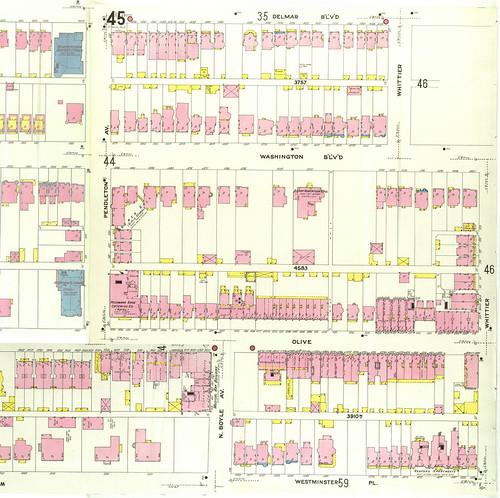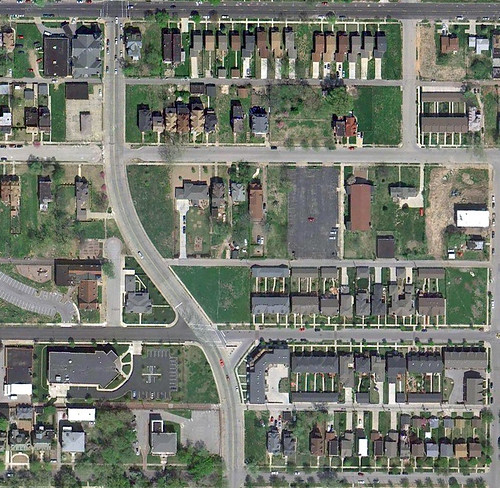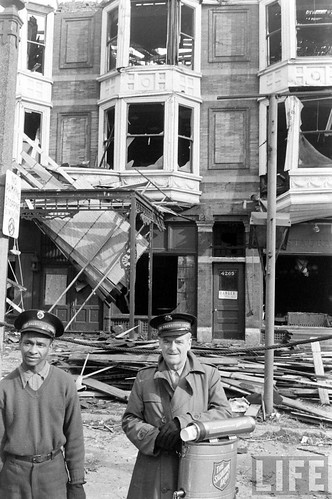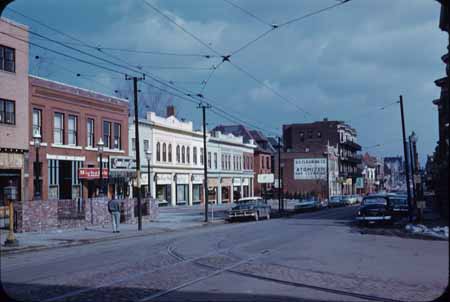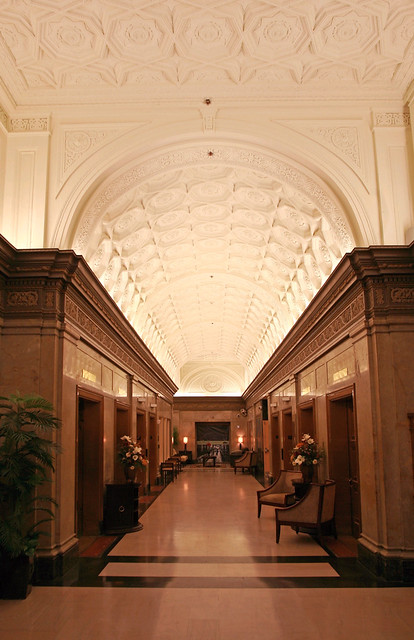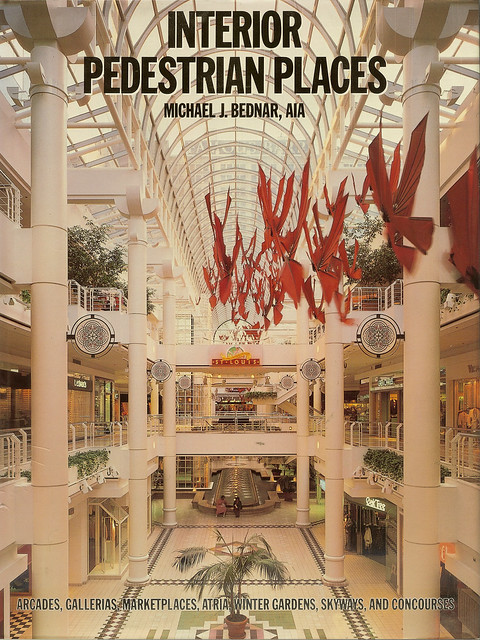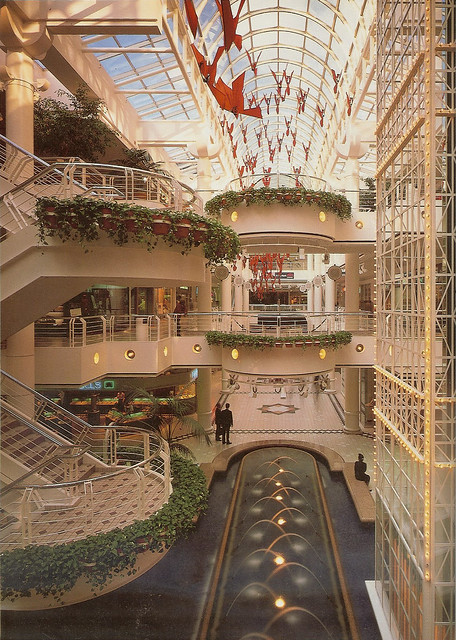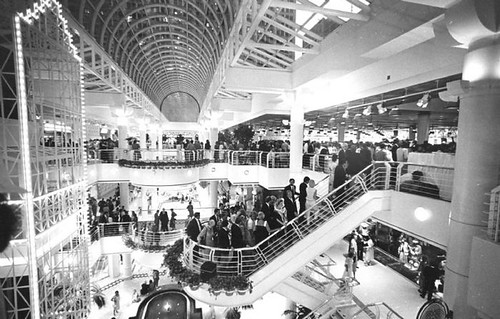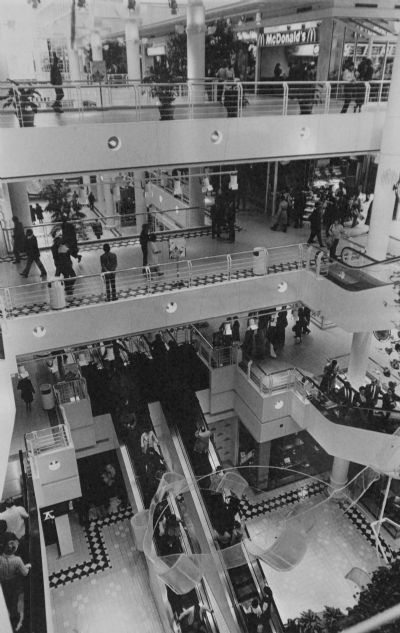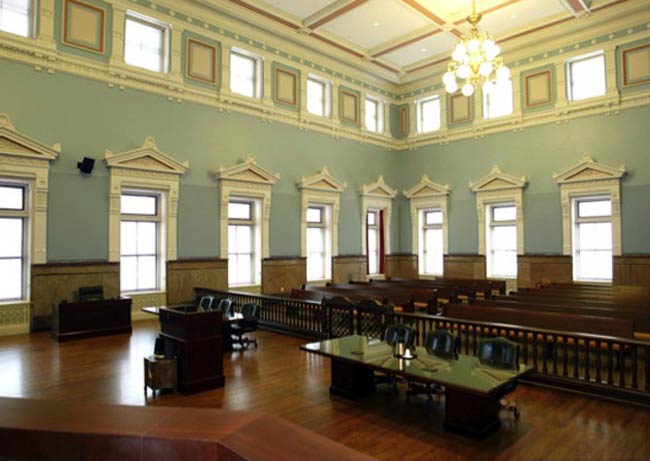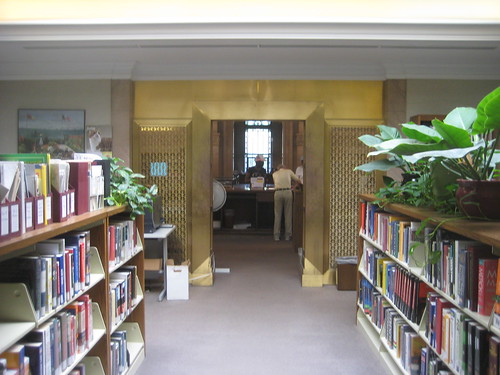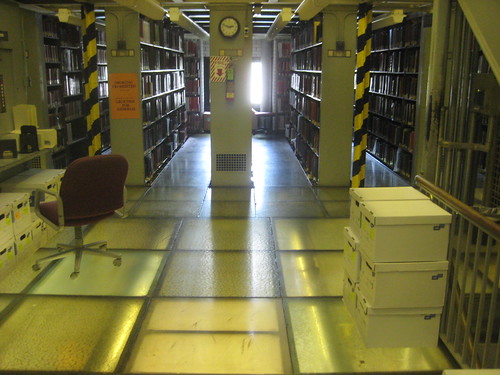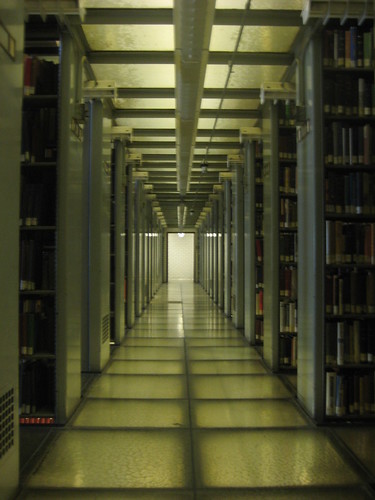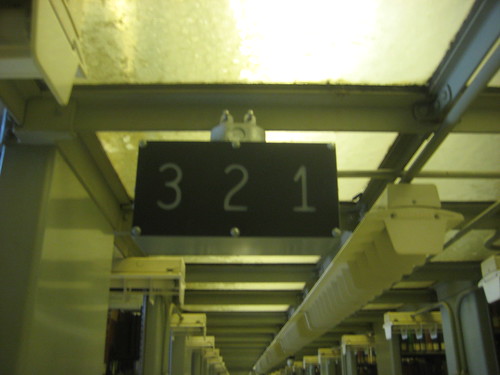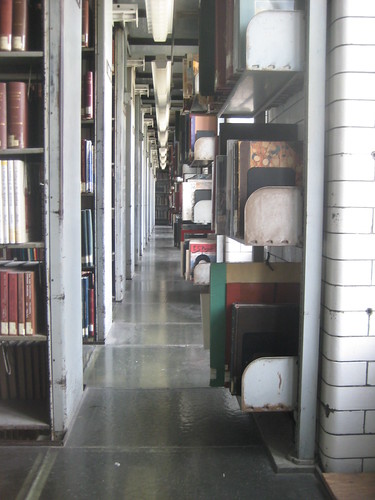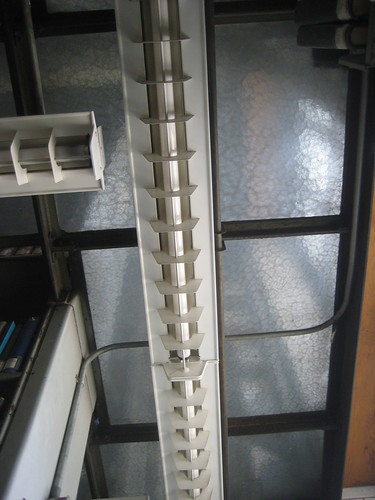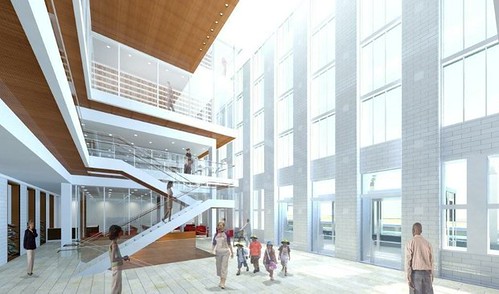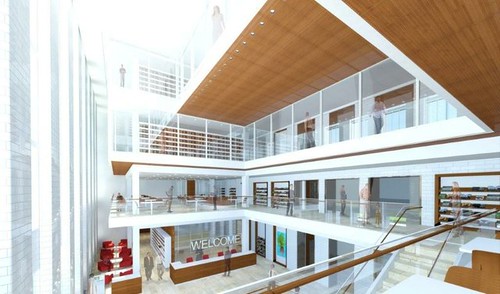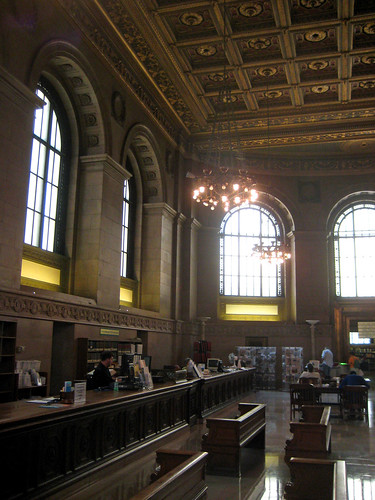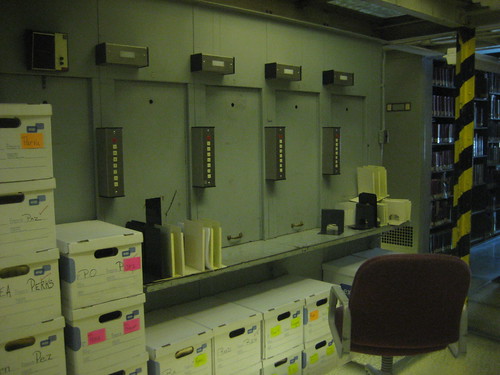 Laura Costello, Director of the City's Land Reutilization Authority (LRA) spoke tonight to the Preservation Board asking for a 6 month extension from demolition for the green painted flounder house at 3533 Missouri Avenue. The house had been condemned for demolition by the Department of Public Safety last September. She said the LRA would like to do some special marketing for the house to find a someone to rehabilitate it including placing it on their Featured Properties List.
Laura Costello, Director of the City's Land Reutilization Authority (LRA) spoke tonight to the Preservation Board asking for a 6 month extension from demolition for the green painted flounder house at 3533 Missouri Avenue. The house had been condemned for demolition by the Department of Public Safety last September. She said the LRA would like to do some special marketing for the house to find a someone to rehabilitate it including placing it on their Featured Properties List. The 925 square foot home is located in the Benton Park National Register Historic District, making it eligible for Historic Rehabilitation Tax Credits. The unusual rear of the lot frame flounder is listed in the City's real estate records as being built in 1884. The Preservation Board voted to approve the extension.
The 925 square foot home is located in the Benton Park National Register Historic District, making it eligible for Historic Rehabilitation Tax Credits. The unusual rear of the lot frame flounder is listed in the City's real estate records as being built in 1884. The Preservation Board voted to approve the extension. Next, though the Preservation Board approved the demolition of 5148 Enright against the Cultural Resources staff recommendation. While as Cultural Resources Office Preservation Planner Bob Bettis testified the porch of this house needs some attention, the home itself is structurally sound without major damage. The Preservation Board agenda for the home shows an analysis of rehabilitation cost after factoring in Federal and State Historic Tax Credits at $112,200.00. The house is a contributing property in the Mount Cabanne - Raymond Place National Register Historic District.
Next, though the Preservation Board approved the demolition of 5148 Enright against the Cultural Resources staff recommendation. While as Cultural Resources Office Preservation Planner Bob Bettis testified the porch of this house needs some attention, the home itself is structurally sound without major damage. The Preservation Board agenda for the home shows an analysis of rehabilitation cost after factoring in Federal and State Historic Tax Credits at $112,200.00. The house is a contributing property in the Mount Cabanne - Raymond Place National Register Historic District. 18th Ward Alderman Terry Kennedy however testified in favor of demolition, stating that since the house to the east of 5148 Enright (vacant lot shown above) was demolished after an arson fire, and this one would probably be next in line for an arson fire. I'm not sure how this claim can be pointed at this house and not every other vacant home in the area? He did mention that the owner of the occupied home next door is having problems getting insurance. Again though, I find it hard to believe that no one would insure this owners home and this could theoretically be claimed as a reason to demolish every vacant house next to an occupied house in the City. None the less, the Preservation Board voted for demolition.
18th Ward Alderman Terry Kennedy however testified in favor of demolition, stating that since the house to the east of 5148 Enright (vacant lot shown above) was demolished after an arson fire, and this one would probably be next in line for an arson fire. I'm not sure how this claim can be pointed at this house and not every other vacant home in the area? He did mention that the owner of the occupied home next door is having problems getting insurance. Again though, I find it hard to believe that no one would insure this owners home and this could theoretically be claimed as a reason to demolish every vacant house next to an occupied house in the City. None the less, the Preservation Board voted for demolition.The Preservation Board also voted to allow the demolition of a Mid-Century Modern building at 3663 Forest Park upon the application of a building permit for a new five story Best Western hotel. The board wisely chose to hold the building permit requirement as recommended by the Cultural Resources staff. The developer tired to claim that a survey of the property could not be done without demolition of the building, but even Richard Callow, one of the few non-architect or engineers present called this bluff.
The design of the new hotel, while much better than what had been originally proposed in 2007, seems to have been downgraded from that shown last year in this Central West End Midtown Development report.

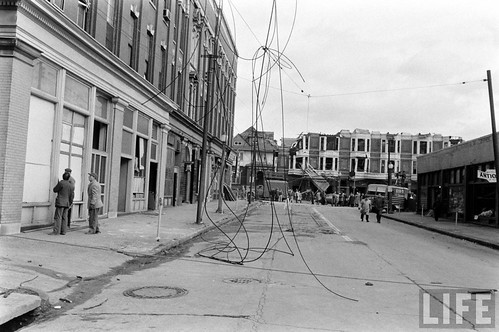
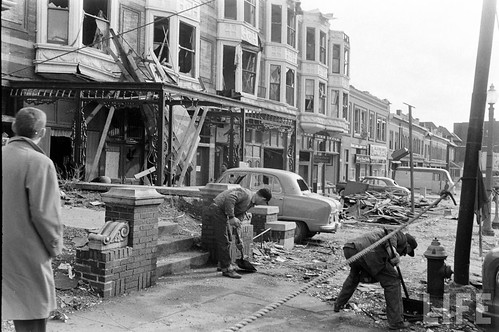
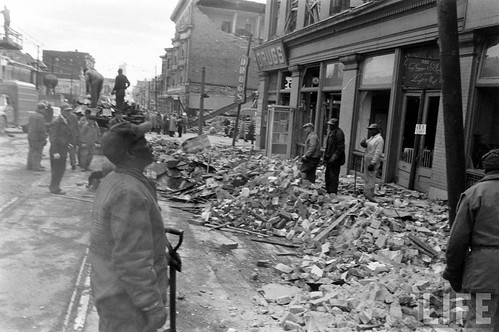
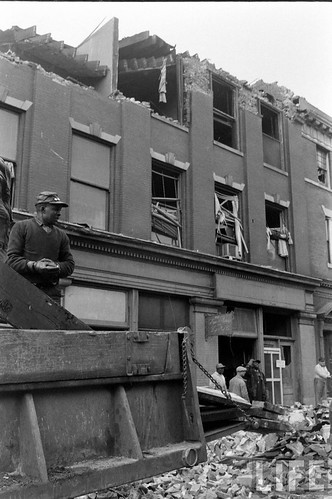
 Just three years later on the night of January 10
Just three years later on the night of January 10 The aftermath of the fire left the building, sidewalks and street all coated in thick layers of ice. Like a cat with nine lives though the Musical Arts Building was re-built again. The building for many years housed the studio of artist
The aftermath of the fire left the building, sidewalks and street all coated in thick layers of ice. Like a cat with nine lives though the Musical Arts Building was re-built again. The building for many years housed the studio of artist 